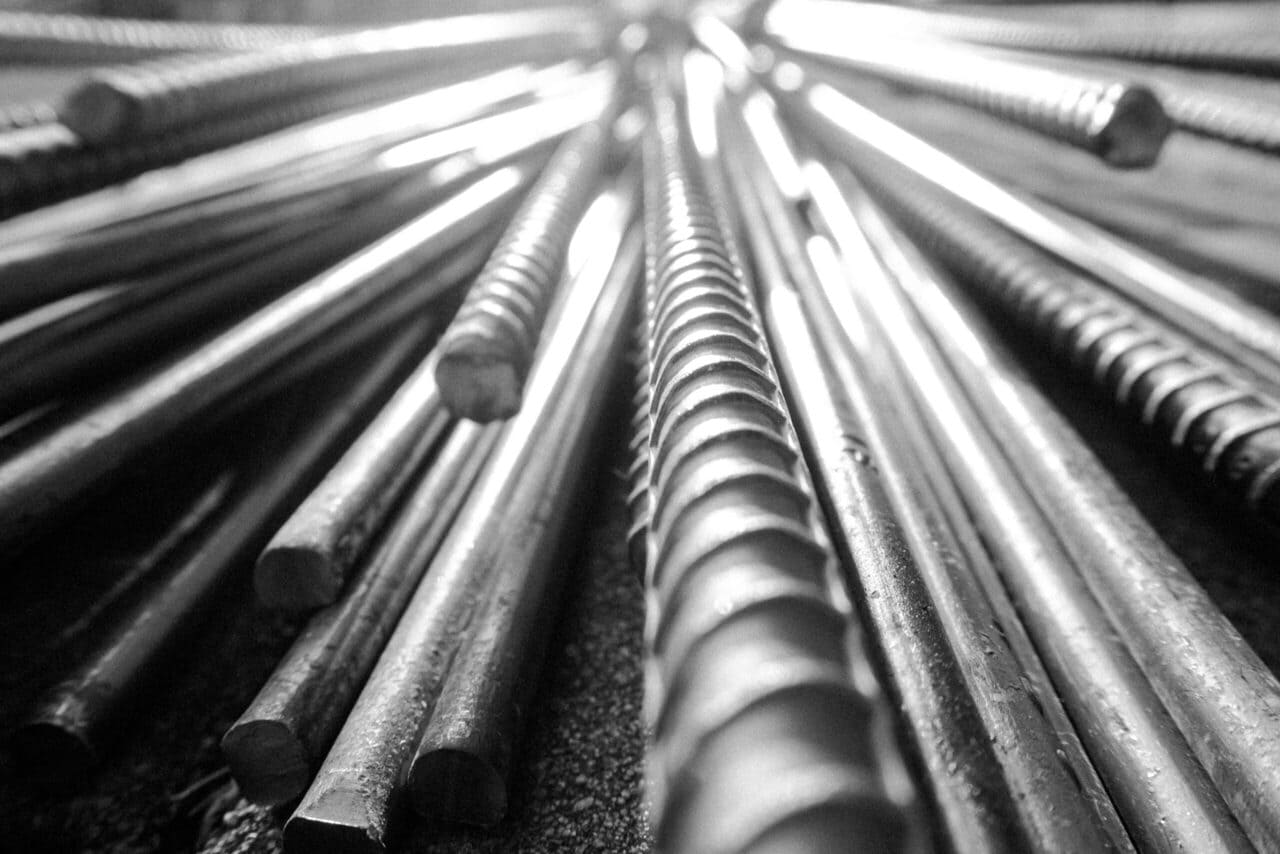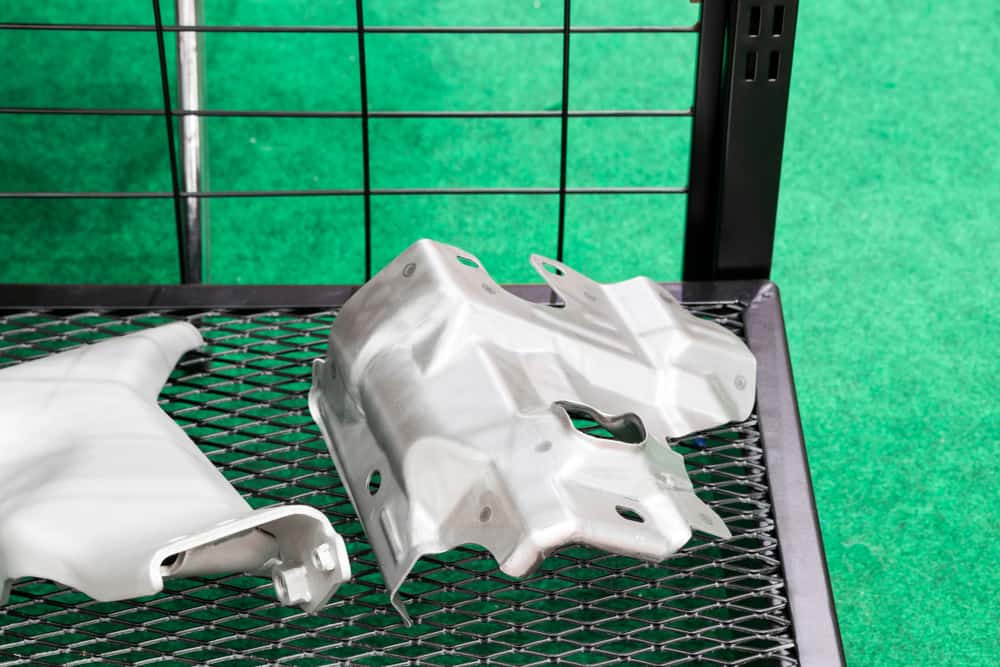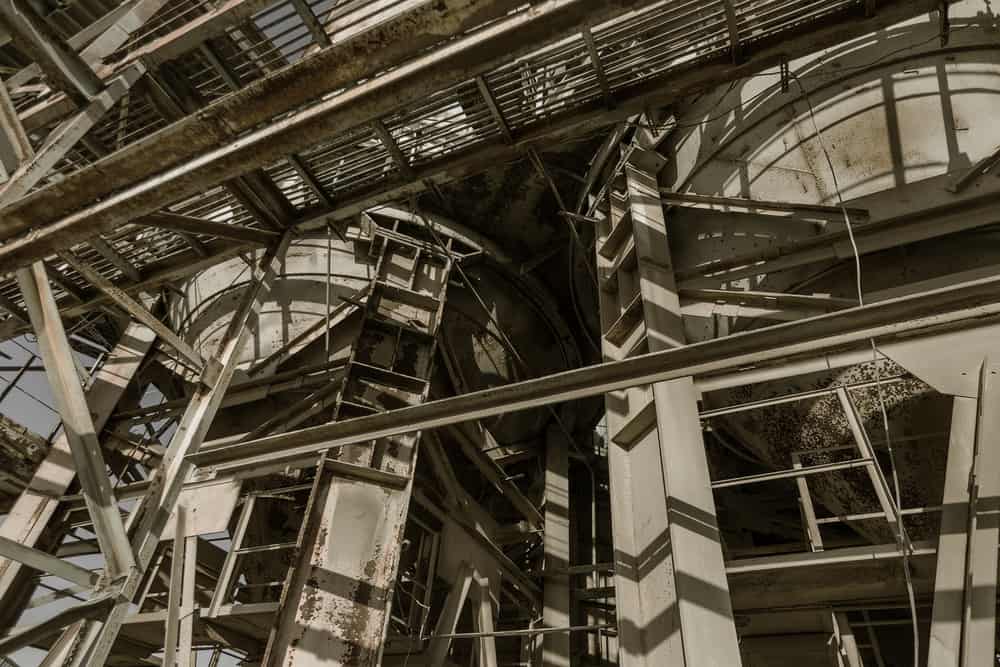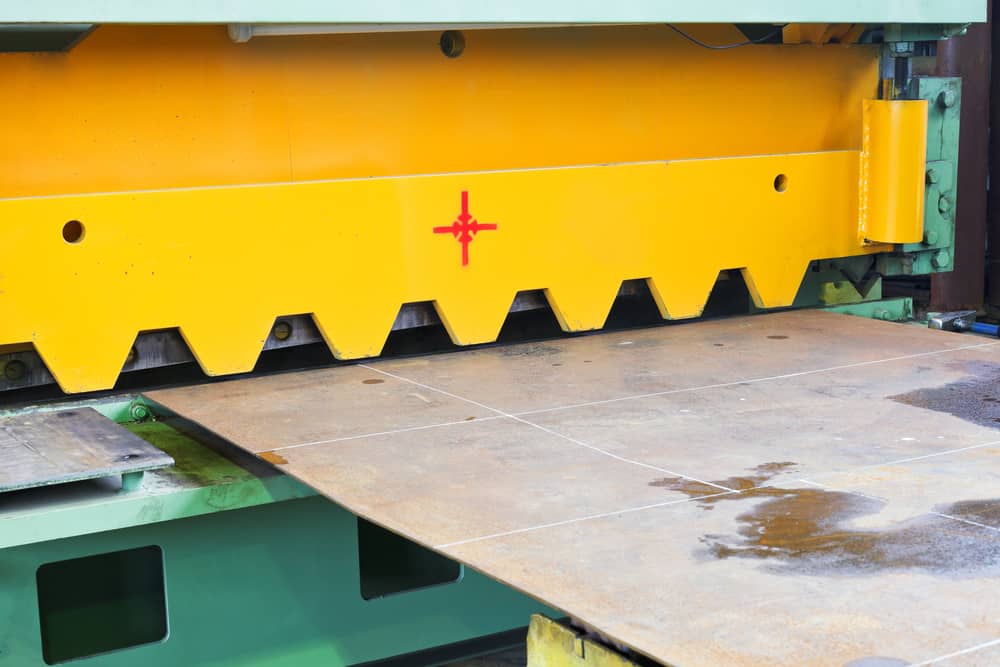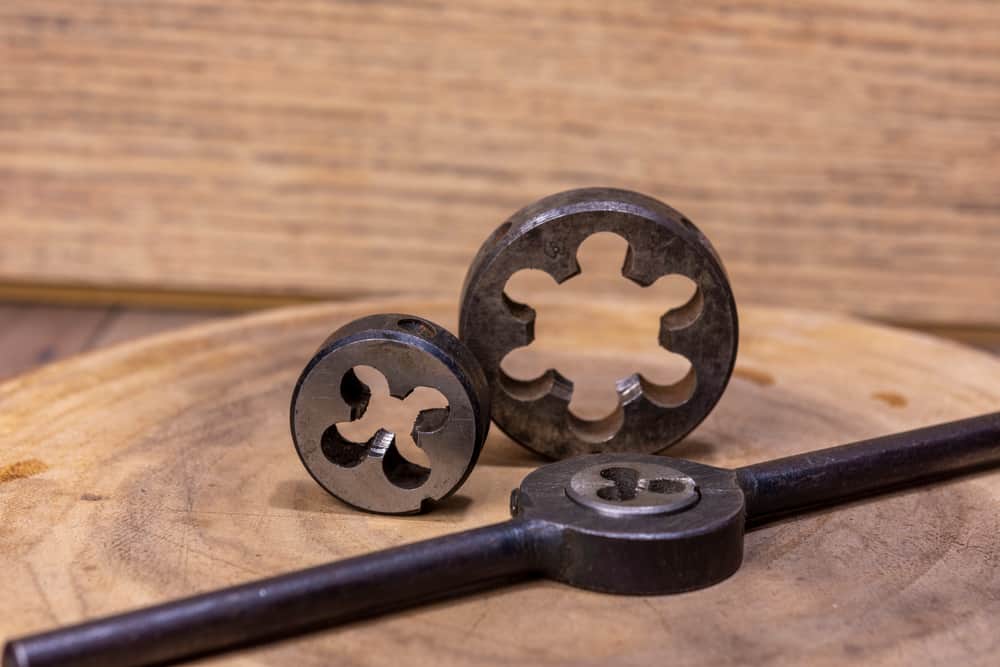For those unfamiliar with metals, the term ‘carbon steel’ may seem mysterious. However, all steel is an alloy of carbon and iron.
Adding carbon transforms soft or brittle iron into a strong metal capable of supporting structures like bridges and skyscrapers. In theory, high carbon steels should be stronger than other steels, while medium carbon steels are expected to be of average strength.
In certain contexts, this is true: carbon substantially increases steel hardness. However, beyond a certain point, it also makes the steel brittle.
Mild steels retain flexibility, making them better suited for twisting or compressive forces. Ultimately, the choice between mild steel and carbon steel depends on the intended use.
The Types of Carbon Steel
It’s accurate to say that our civilization is built of steel. It is the material of choice for reinforcing concrete, structural beams, and the pipelines that bring fuel to our cities.
It is also the material of choice for wrenches, blades, some types of machine bits, and the heavy stamps that press metals into shape for body panels and other constructions.
Steel is used in many roles because it is an incredibly versatile alloy whose mechanical properties, like ductility and thermal conductivity, can be easily adjusted through heat treatment.
It is more than mild steel vs carbon steel, with there being at least four carbon steel categories of steel based on carbon content alone.
| Types of Carbon Steel | Characteristics |
| Low Carbon Steel
|
Low carbon steel typically contains 0.05 to 0.15% carbon, making it highly ductile.
As such, low carbon steels are very suitable for stamping machines and produce great automotive components, such as body panels and guards. It can also be used for piping, tubes, and some structural materials like angle iron and c-channel. There is some overlap at higher carbon levels within this class of steels with medium carbon steel, which are sometimes called mild steels. |
| Medium Carbon Steel (Mild Steel)
|
Medium carbon or mild steels can have a carbon content in the range of 0.3 to 0.5%. This gives these steels a good mix of ductility and strength.
Because of this blend of mechanical properties, medium carbon steel is one of the most commonly used steels in structures, fabrication of non-pressurized tanks, and the fabrication of pressure vessels. Due to their carbon content, these steels can undergo additional hardening through heat treatment, which further expands their uses. |
| High Carbon Steel
|
The carbon content of high carbon steels ranges from 0.6 to 1.0%. This high carbon content makes the metal significantly harder than other steels.
Higher carbon steels are suitable for cutting other materials, and one of the most common places that high carbon steels can be seen is in cutting tools, such as kitchen and chef knives. Some types of high carbon steel are hard enough to cut low and medium carbon steels. Another common use is in blades for industrial equipment and machinery components that cut sheet steel. |
| Ultra-High Carbon Steel
|
These carbon steels are very hard and potentially brittle. They have a carbon content of 1.25–2.0% and are used in high-quality, expensive knife sets.
However, they are far more commonly found in tooling, where they are used to machine other softer metals or to cut fine details, like threads—in other metals like aluminum, steel, or even stainless steel. These steels are very difficult to make through traditional methods, but methods like powder sintering are making these carbon intensive steels more widely available. |
The following table offers a high level overview of the different types of steel and their properties:
| Type of Steel | Carbon Content (%) | Properties | Common uses |
| Low Carbon Steel | 0.05 to 0.15 | Highly ductile, suitable for stamping machines, flexible and easily formed | Automotive components (body panels, guards), piping, tubes, structural materials (angle iron, c-channel) |
| Medium Carbon Steel | 0.3 to 0.5 | Good mix of ductility and strength, can be hardened through heat treatment | Structures, fabrication of non-pressurized tanks, fabrication of pressure vessels |
| High Carbon Steel | 0.6 to 1.0 | Very hard, suitable for cutting other materials, can cut low and medium carbon steel | Cutting tools (kitchen and chef knives), blades for industrial equipment, machinery components (sheet steel) |
| Ultra High Carbon Steel | 1.25–2.0 | Very hard and potentially brittle, used for machining softer metals, cutting fine details in other metals, available through powder sintering | High-quality, expensive knife sets, tooling for machining metals like aluminum, steel, stainless steel |
|
Top-Grade Steel for Every Purpose and Industry |
||
|
New Steel Sheet |
New Steel Plate |
All Steel Shapes |
 |
 |
 |
|
Durable construction: Thick, low-carbon stainless steel offers superior strength and excellent durability for heavy-duty projects. Weldable & adaptable: Seamlessly welded for easy fabrication in diverse applications, from appliances to large structures. Versatile applications: From food industry use to complex industrial projects, this sheet is a high performer for all applications. |
Strong & reliable: Engineered for strength, making it perfect for demanding environments like medical equipment and heavy-duty projects. Heat resistance: Withstands high temperatures, making it suitable for both high-heat and high-stress applications. Exceptional durability: Built tough with superior resistance to corrosion, heat, and wear, ensuring long-lasting performance. |
Durability and strength: Reliable for projects needing long-lasting, tough materials. Cost-effective: Quality steel that offers strength without breaking the bank. Custom cutting: Precise cuts tailored to exact needs with top-tier cutting tools. Versatile use: Ideal for industrial, commercial, and household applications, from construction to automotive and food processing. |
Mild Steel vs. Carbon Steel in Architecture and Industry
Most steel used in industry, fabrication, and architecture is mild steel, whether low-carbon steel or medium-carbon. It offers the best combination of strength and workability, with no real competition except for certain blends of aluminum.
For example, aluminum 6061’s material properties come close to rivaling mild steel for versatility but still require specialized skills and tools to work with. Mild steel simply has no real competition in the wide range of uses it excels in.
On the other hand, carbon steel is much more specialized, with its main use being cutting other materials, including mild steel. High and ultra high carbon steels are typically only encountered in the form of specialized cutting blades.
Although all steels are technically carbon steels, unless you are making a special order, the steel you will likely purchase is mild steel. You can verify the carbon content of mild steel through mill test reports or XRF scanning to ensure it is fit for purpose.
 Angle
Angle Cast Plate
Cast Plate Diamond Plate
Diamond Plate Flat Bar
Flat Bar Plate
Plate Round Bar
Round Bar Square Bar
Square Bar Square Tubing
Square Tubing Round Tubing
Round Tubing Angle
Angle Channel
Channel Diamond Plate
Diamond Plate I Beam
I Beam Round Bar
Round Bar Sheet
Sheet Square tubing
Square tubing Round Tubing
Round Tubing Rectangular Tubing
Rectangular Tubing Plate
Plate Rectangular Bar
Rectangular Bar Rectangular Tubing
Rectangular Tubing Round Bar
Round Bar Sheet
Sheet Square Bar
Square Bar Square Tubing
Square Tubing
